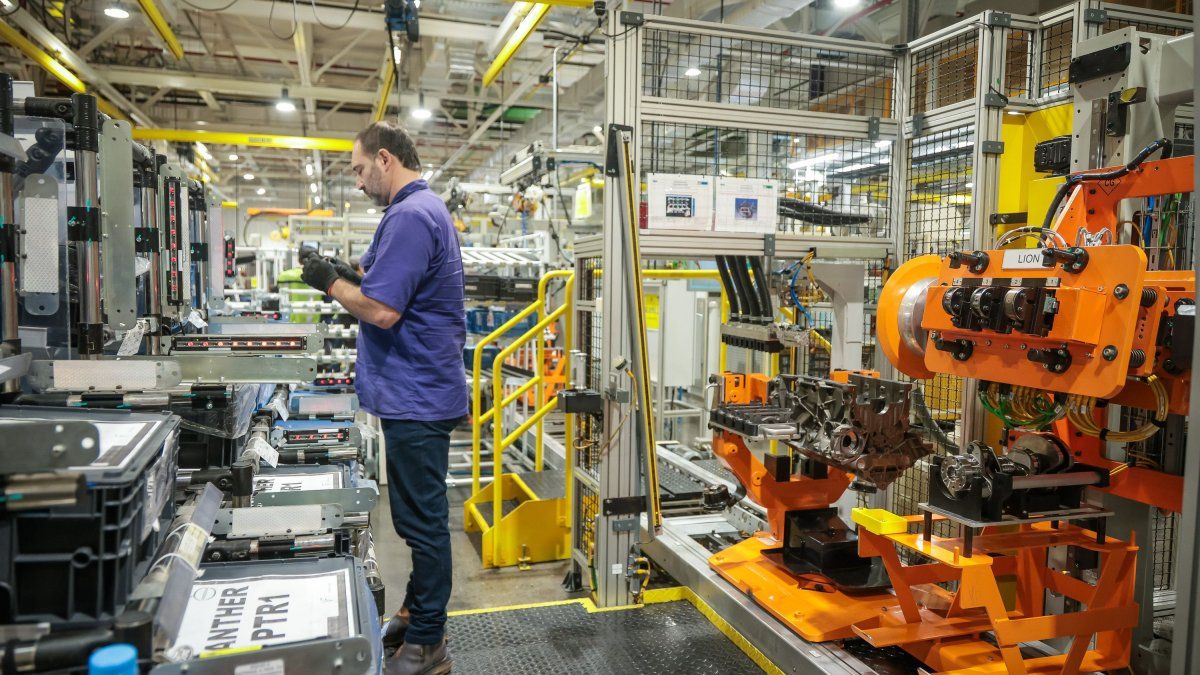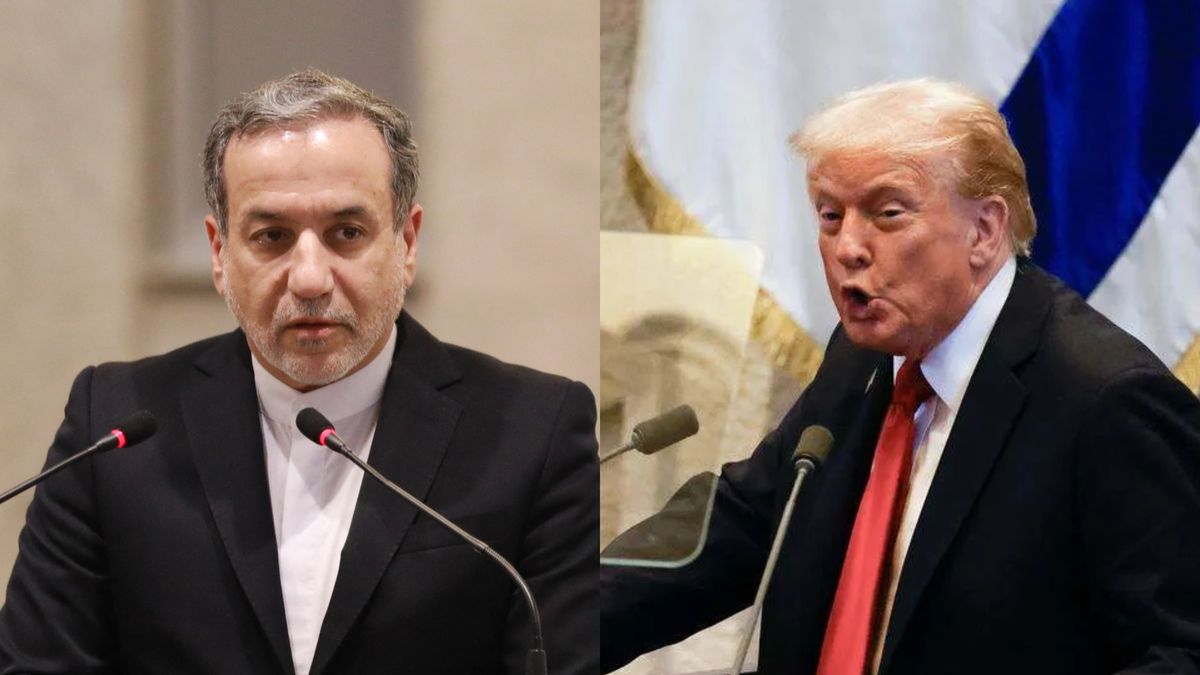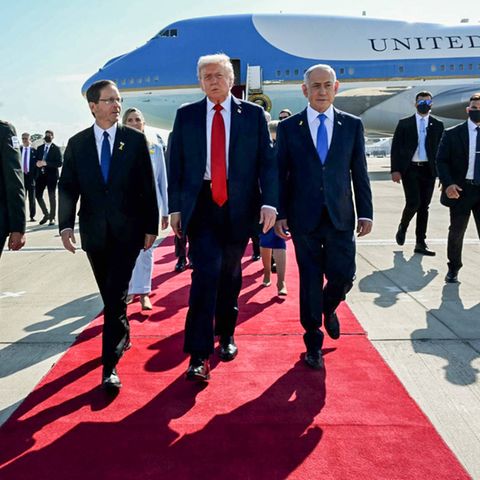After eight months without advances in the steel peer, the Metallurgical Workers Union (UOM) decided to deepen the force measures due to the lack of agreement with the business part, which could paralyze production in the main plants of the country.
The conflict has been dragged since August 2024, when the Gremio and the Argentine Chamber of Steel agreed to a salary rise of retroactive 14%, distributed in four sections: 4% in July, 4% in August, 3% in September and 3% in October. Once that scheme was completed, the UOM convened the cameras to renegotiate increases for the period November 2024-March 2025, but the differences between the parts locked any understanding.
The conversations extended for weeks without success. At the end of December, at the last hearing of the year, the cameras grouped in Adimra, Afarte, AFAC, Fedehogar, Camima and Caiama proposed a rise of 12%, six points below the union claim. The UOM showed will to advance, but requested to incorporate a trigger clause tied to monthly inflation, something that companies rejected flatly because they considered it unfeasible.
The 2025 starter
With the beginning of 2025, the conflict intensified. At the February 27, the union ratified its proposal of staggered increases: between 2% and 4.2% monthly until March, while the business chamber maintained its original offer, which includes 2% monthly until January and 1% for the first two months of the new year.
But not only the figures separate the parties. The process was crossed by strong tensions: the UOM accused the employer of delaying negotiations with bad faith, while the cameras denounced that the guild did not formalize their orders in time. The hearings reflected the deterioration of the dialogue: in several, the representatives disconnected abruptly, and in the March 26 the UOM did not even appear.
Faced with stagnation, the Villa Constitución section decided to launch a fighting plan in Acindar. On Wednesday, April 30, a first force of force was held with a three -hour strike, and new actions have already been anticipated: a 24 -hour strike, another of 48 and one of 72, in consecutive weeks since May 5, if there is no response from the authorities.
UOM Campana.jpg
Uom hardens the conflict and launches staggered stoppages to the parity stagnation.
Despite the hardening of the conflict, in the last hours informal contacts were resumed that could pave the way to a new audience. If some type of approach is specified, the Ministry of Labor does not rule out dictating mandatory conciliation to stop strikes.
Meanwhile, branch 2 workers1 continue to perceive their salaries under the current scheme, which establishes a time value of $ 2,640.93 for maintenance operators and a basic salary of $ 597,612.31 for first technicians.
In parallel, the increases for workers in the metalworking branch were already approved: 5.5% in November, followed by 2% increases in December, 1.8% in January, 1.5% in February and 1% in March. Although some companies resisted applying them for administrative delays, in recent weeks they began to be made. Today, the time value of an active operator is located at $ 3,402.62 and the minimum global reference income at $ 817.36.
Source: Ambito




